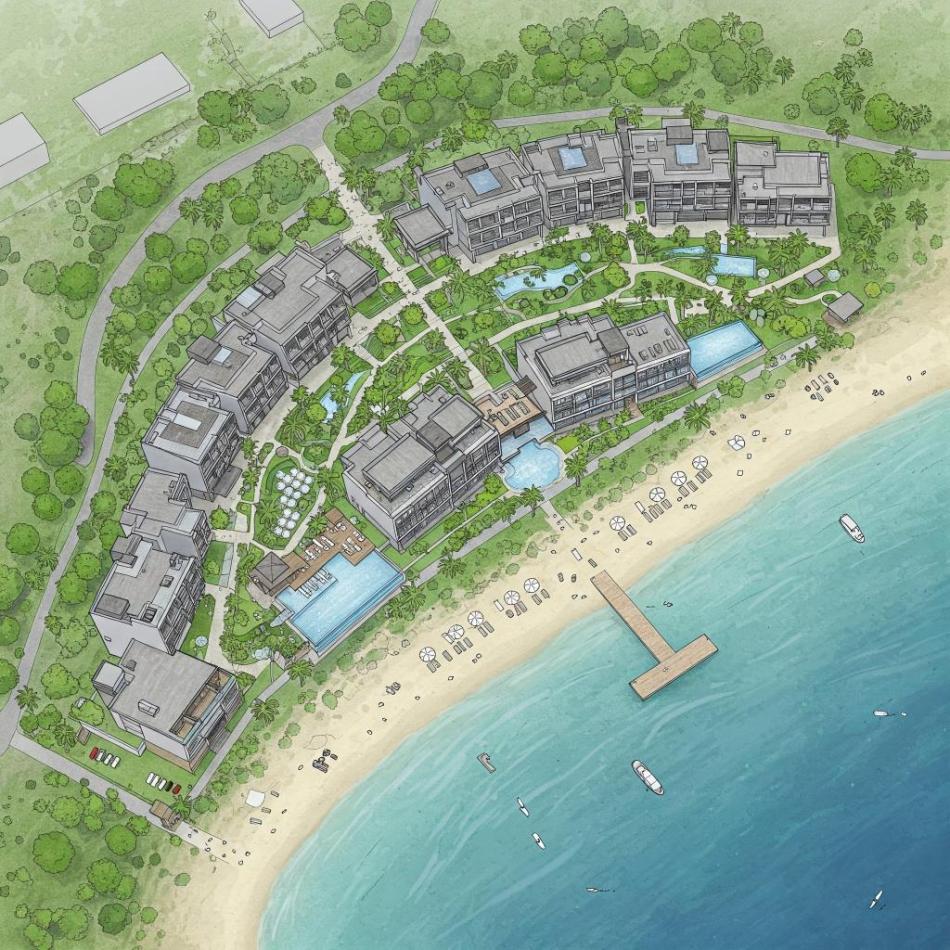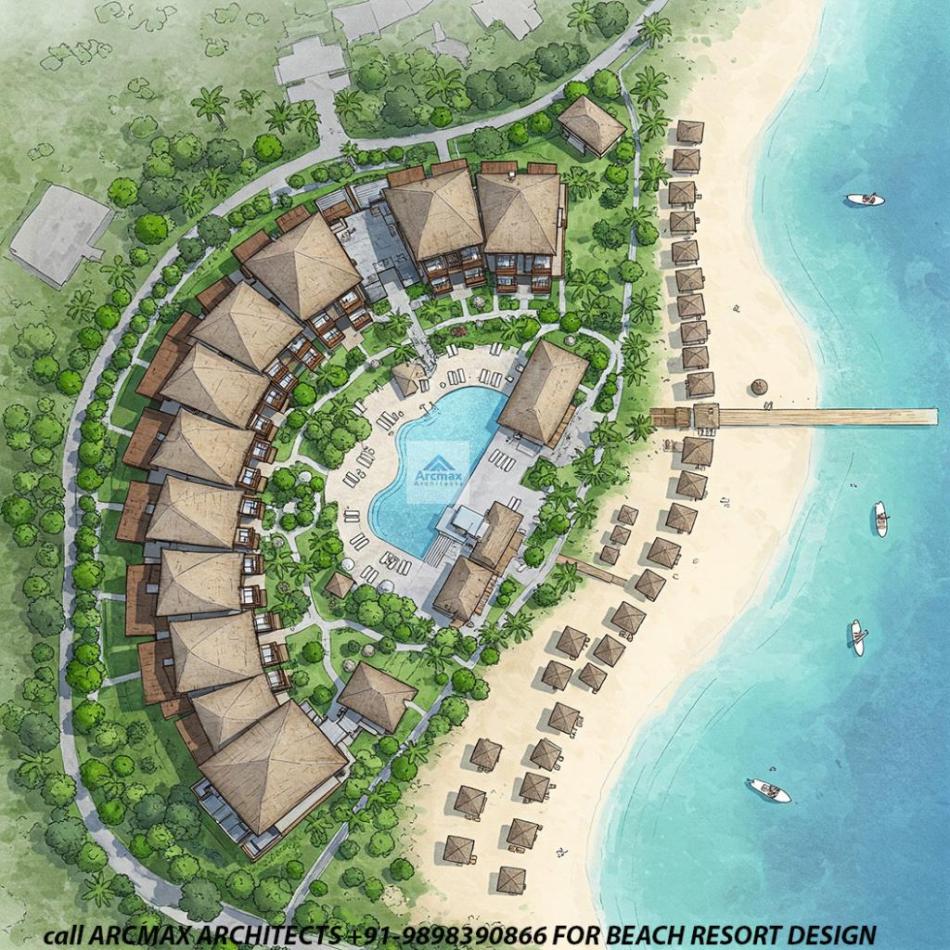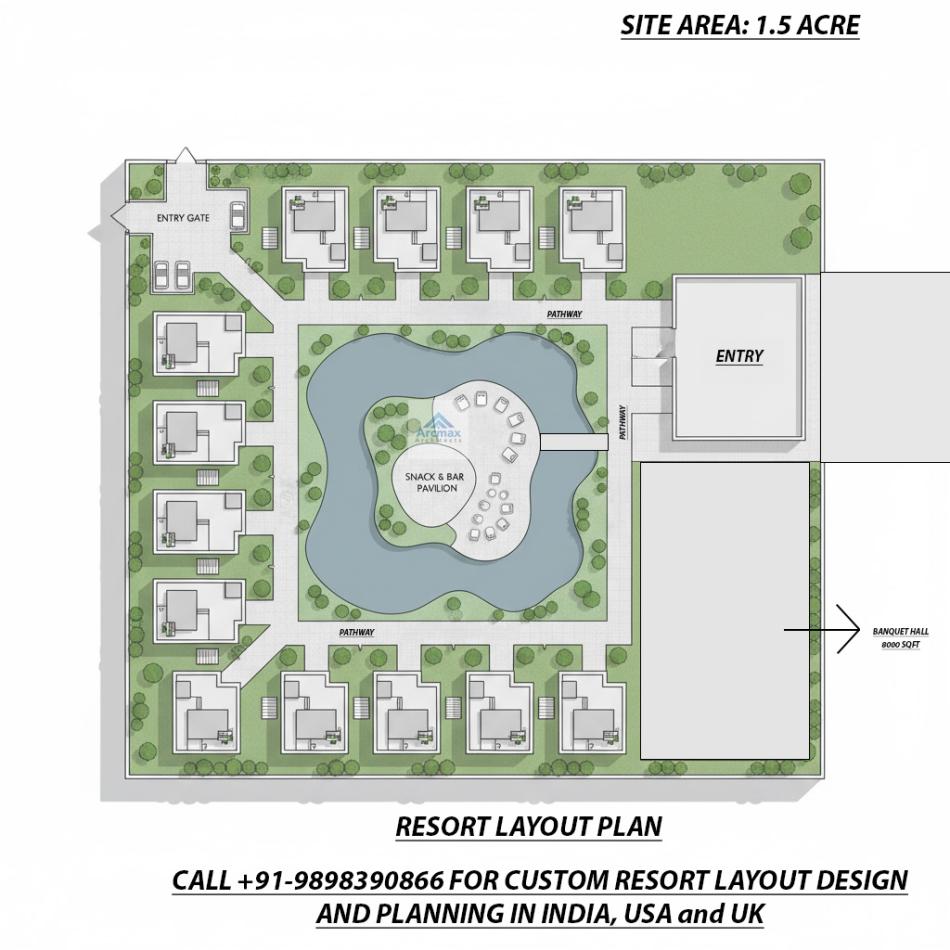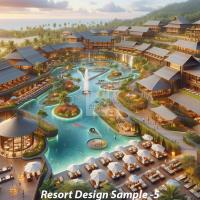Bakeri City, Pincode: 380015 Ahmedabad, Gujarat, India,
244 Madison Avenue, New York, United States
Our Client






Heritage and restoration project design and Planning in India, USA and UK
Arcmax Architects specializes in Heritage and Restoration Project Design and Planning in India, USA, and UK, blending historical integrity with modern innovation. Our expert architects sensitively restore and rejuvenate heritage sites, preserving cultural legacies while adapting spaces for contemporary functionality and sustainability.
Heritage and restoration projects within resort design and planning embody a profound respect for history, culture, and architecture, meticulously integrating these elements into the luxury and convenience expected of modern hospitality environments. These projects are characterized by their emphasis on preserving historical integrity while adapting to contemporary standards of comfort, sustainability, and guest experience. Here's a detailed exploration of the key considerations, challenges, and strategies involved in heritage and restoration projects for resort design and planning:
1. Historical Research and Documentation
The foundation of any heritage restoration project is thorough historical research and documentation. This involves a detailed study of the site's architectural, cultural, and social history to understand its significance and original state. Architects, historians, and conservation specialists collaborate to gather historical photographs, architectural drawings, and oral histories to ensure that restoration efforts are accurately informed.
2. Preserving Architectural Integrity
A critical aspect of heritage projects is preserving the architectural integrity of historical buildings and landscapes. This includes maintaining original design elements, materials, and construction techniques as much as possible. When original materials are no longer available or feasible to use, substitutes that closely match the physical and aesthetic properties of the original materials are selected. The goal is to honor the historical significance of the site while ensuring its structural stability and functionality.
3. Modern Adaptations and Accessibility
While preserving the historical essence of the site, it is also necessary to adapt it to meet modern standards of safety, accessibility, and guest comfort. This can include adding modern amenities, such as HVAC systems, modern plumbing, electrical upgrades, and Wi-Fi, in a way that minimally impacts the historical fabric of the buildings. Accessibility improvements are also crucial, ensuring that the site is welcoming and usable for all guests, including those with disabilities, without compromising its historical integrity.
4. Sustainable Practices
Integrating sustainable practices into heritage and restoration projects is essential for protecting the environment and ensuring the long-term viability of the resort. This can involve using sustainable materials, implementing energy-efficient systems, and adopting water conservation measures. Sustainability in heritage projects also means preserving the built heritage itself, which is a form of environmental sustainability by extending the life of existing structures and reducing the need for new construction.
5. Engaging the Community and Stakeholders
Heritage restoration projects often hold significant meaning for local communities and other stakeholders, who may have a deep emotional and cultural connection to the site. Engaging with these groups early in the planning process can provide valuable insights, foster community support, and ensure that the project respects and reflects the cultural heritage of the area.
6. Regulatory Compliance and Permissions
Heritage sites often come with a set of regulatory compliances and the need for permissions from heritage conservation authorities. Navigating these regulations requires a thorough understanding of local, regional, and national heritage protection laws. Early consultation with regulatory bodies can facilitate a smoother approval process and ensure that all restoration work is compliant with legal requirements.
7. Balancing Public and Private Spaces
In resort design, particularly in heritage projects, it's important to balance the creation of private guest spaces with areas that are accessible to the public. This can involve designing certain parts of the resort, such as gardens, courtyards, or dining areas, to be open to non-resident visitors, thereby allowing broader access to the heritage site while maintaining exclusivity and privacy for guests.
8. Telling the Story
Finally, heritage and restoration projects offer a unique opportunity to tell the story of a place through its physical fabric. This can be achieved through interpretive signage, guided tours, and interactive exhibits that educate guests about the history and significance of the site. Incorporating local art, crafts, and cultural experiences into the resort offering can also deepen guests' connection to the heritage site.
Heritage and restoration projects in resort design and planning require a delicate balance between preservation and innovation. By respecting the past while embracing the future, these projects can offer guests a deeply enriching experience that connects them to the history and culture of the destination, all within the context of a luxurious and sustainable resort environment.
Want a Quotation please fill the form
- Resort Master Planning
- Hospitality Design
- Resort Landscape Architecture
- Environmental and Sustainable Design
- Cultural and Thematic Resort Design
- Restaurant and Retail Design
- Waterfront and Beachfront Development
- Luxury and Exclusive Resorts
- Eco-Resorts and Retreats
- Adventure and Sports Resorts
- Heritage and Restoration Projects
- Resort Architecture Design


























































